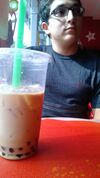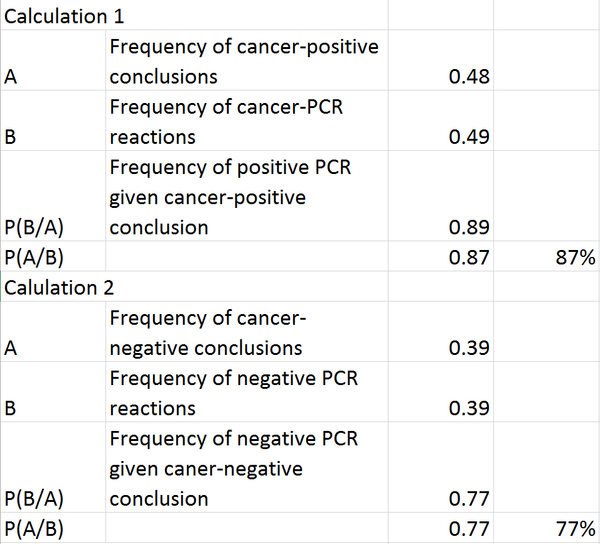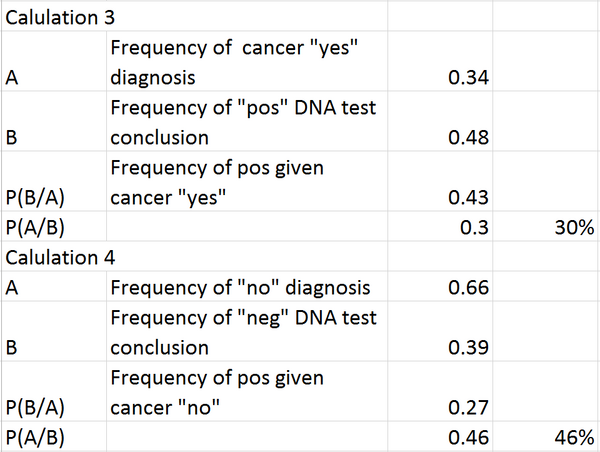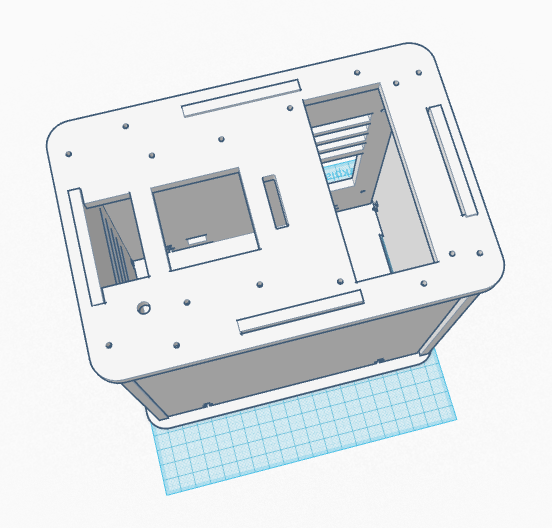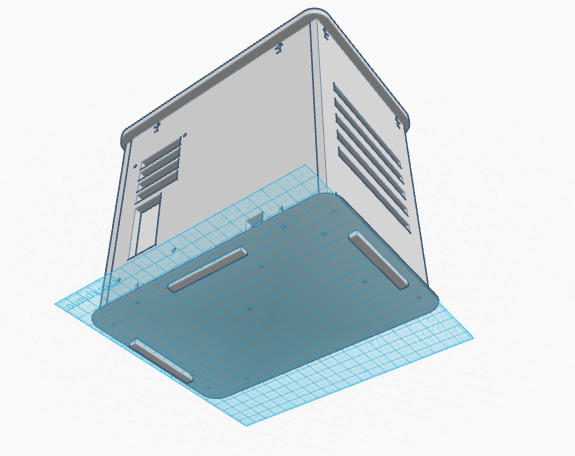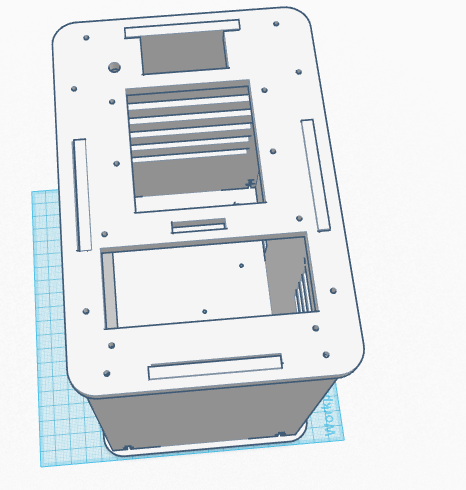BME100 f2014:Group11 L6
| Home People Lab Write-Up 1 | Lab Write-Up 2 | Lab Write-Up 3 Lab Write-Up 4 | Lab Write-Up 5 | Lab Write-Up 6 Course Logistics For Instructors Photos Wiki Editing Help | ||||||
|
OUR COMPANY
LAB 6 WRITE-UPBayesian Statistics
What Bayes Statistics Imply about This Diagnostic Approach Calculations 1 and 2 help describe the sensitivity and specificity of the test to be able to detect the disease. The first calculation shows whether the patient will be diagnosed as positive if the PCR test was positive. The result was relatively close to 100% which suggest that if the patient tested positive, they have the disease. In comparison, calculation 2 determines if the patient will be diagnosed as negative if the PCR test was negative. This too was near 100% and shows that if the test results negative, the patient likely does not have the disease. Computer-Aided DesignTinkerCAD
Feature 1: Consumables KitThe consumables were relatively well packaged and therefor will be packaged similarly in our kit.
However, there was one weakness we would address: all the samples could be contaminated easily as they were open to the air and had no protection from random particles that could float down into them. To remedy this,the sample containers could be made with a sort of plastic covering on the top of the tube. It would not be a cap, which they already have, but more like the thin plastic squeezable ketchup bottles have. This could keep contaminates from floating down into the samples. Feature 2: Hardware - PCR Machine & FluorimeterThe PCR machine and flourimeter worked well for the most part and would be used in basically the same fashion. They were both small, portable and inexpensive which are bonuses. But we would change a couple of things. First we would increase the amount of samples the PCR machine could test at once by increasing the sample space area. This would reduce the amount of PCR machines needed and hopefully make the testing go faster. And secondly, we would make the flourimeter out of more sturdy material as it was rather flimsy.
| ||||||


